Estudio Macías Peredo is an architecture firm based in Mexico, founded in 2012 by founding architects Macias Corona and Magui Peredo Arenas. The studio focuses on design and construction, embracing the idea of critical localism in which artisans are part of the architectural process. The firm has designed residential, commercial and institutional projects in Mexico, combining local and global features to create a timeless building that combines local modernity with hand-crafted materials.
Founder Macias Corona graduated with honors as an architect from ITESO, a private university in Mexico, in 2001, and received a master's degree from the Polytechnic University of Catalonia, Spain. In 2003, Magui Peredo Arenas also graduated as an architect from ITESO, a private Mexican university, and received a master's degree in architectural theory and history from Columbia University.
Macias Peredo tries to start from their local traditions and practices, not just from a single sound or a single architectural vision. People seem to live in a world where architecture is no longer brick by brick. People seem to accept the concept of architecture as craft more. At the same time, neat and perfect architecture is not accepted, and imperfections and marks of physical labor are the basis of work.
The studio seeks to combine timeless and universal benefits with the current working environment, creating anticipated improvisation and experimental craftsmanship. They pursued a creative approach that allowed craftsmen to participate in the building process, so that the intent of the project could be translated into an ability of its own. They wanted the building to have that basic exposure, where only the structure and the space remained. The disclosure process is a way of showing time. As time goes on, the age becomes very apparent.
-
9.02021-10-01
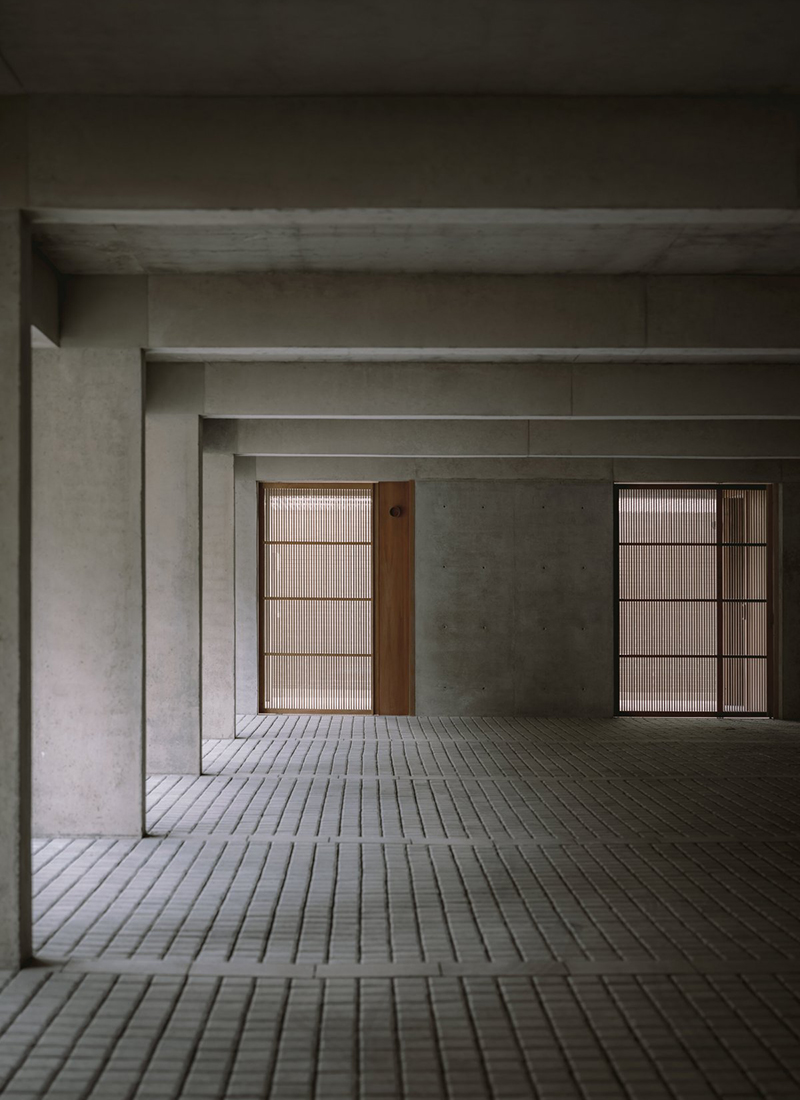
Edificio-Turin
-
9.02021-07-27
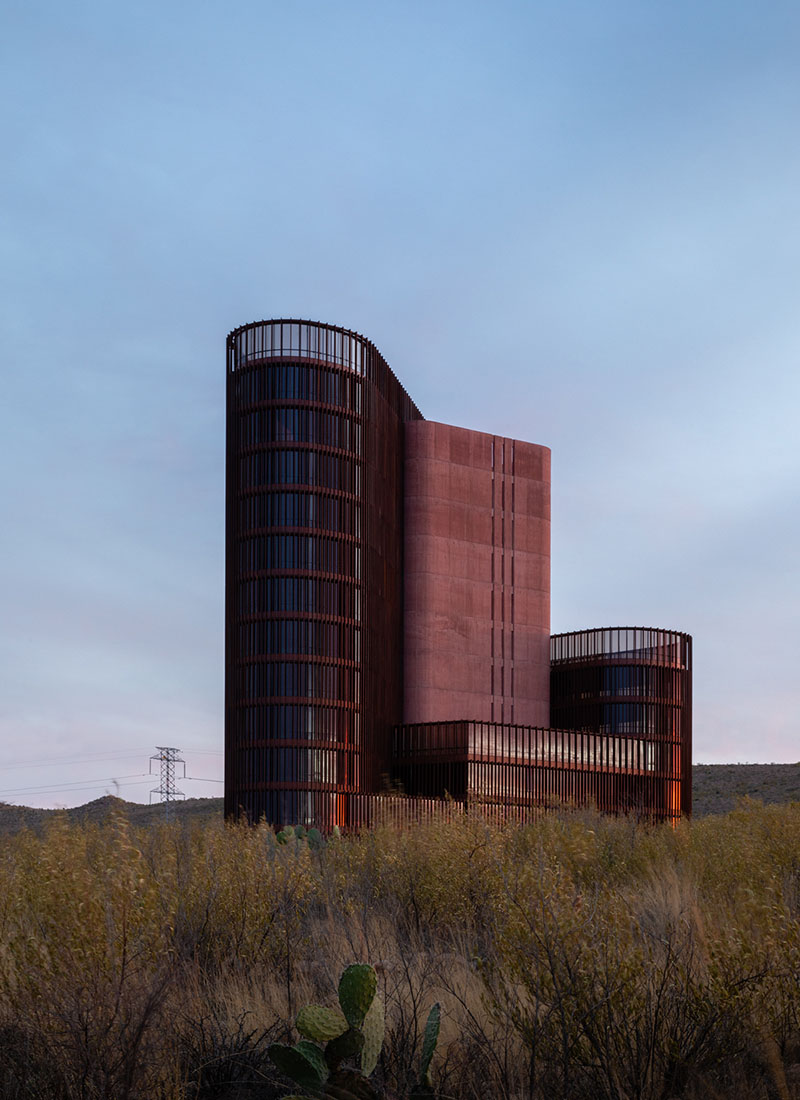
Torre Avancer
-
9.02021-07-27
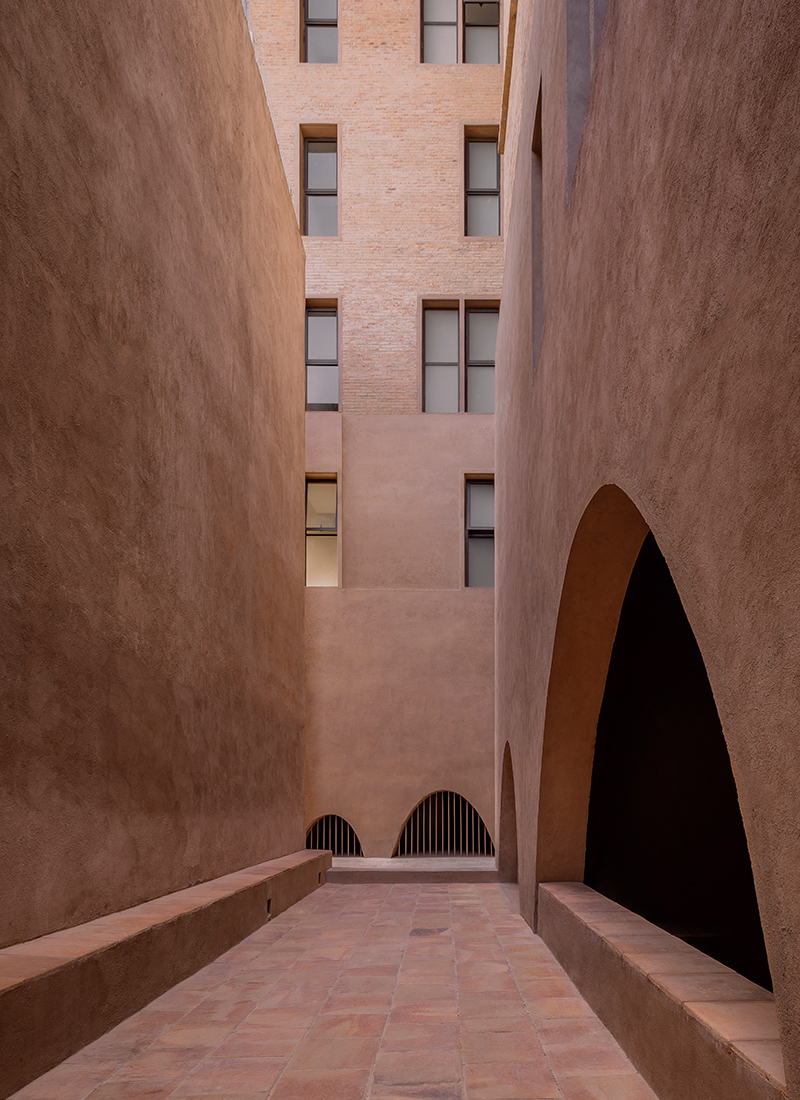
Casa Tejada
-
5.02021-07-27
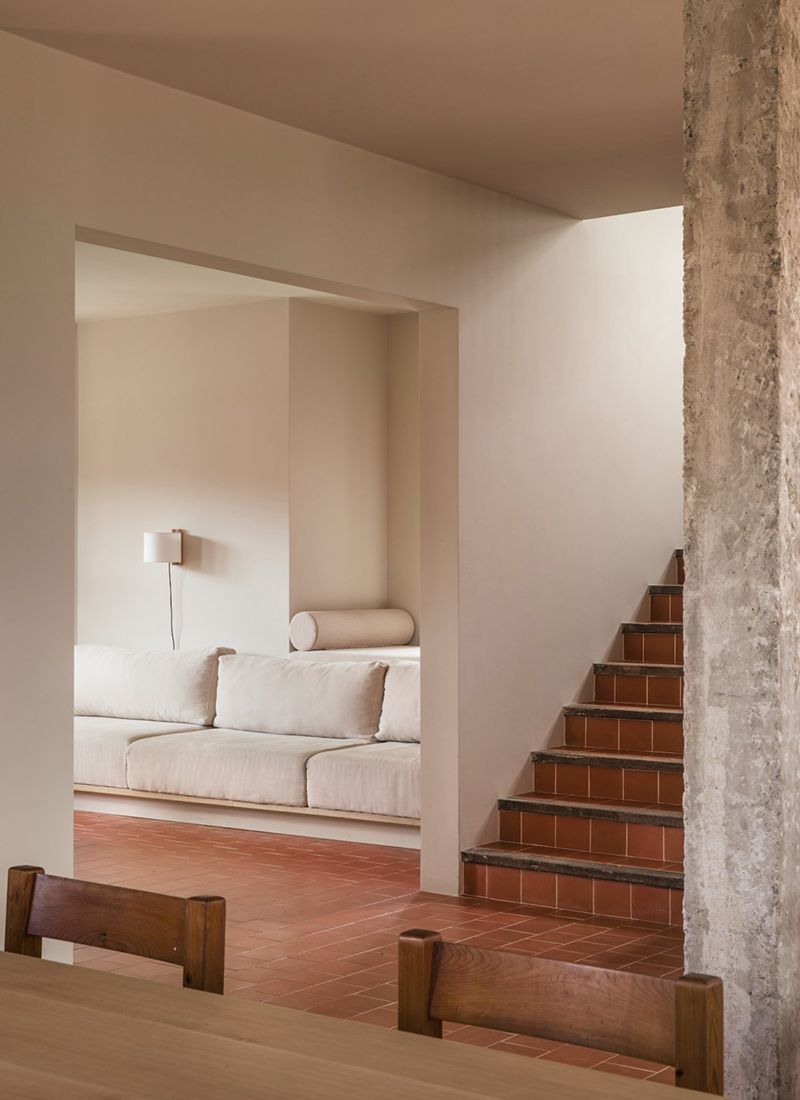
Casa Guzman Jimenez
-
9.02021-07-27
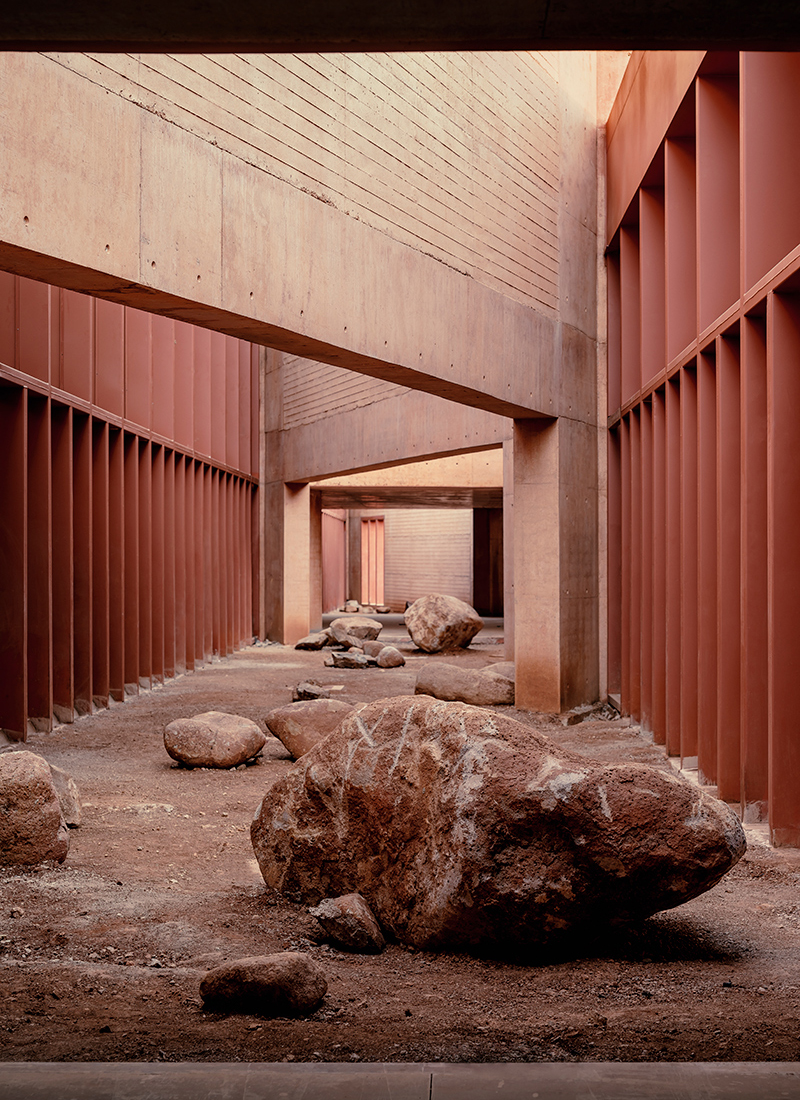
Complejo Industrial
-
5.02021-07-27
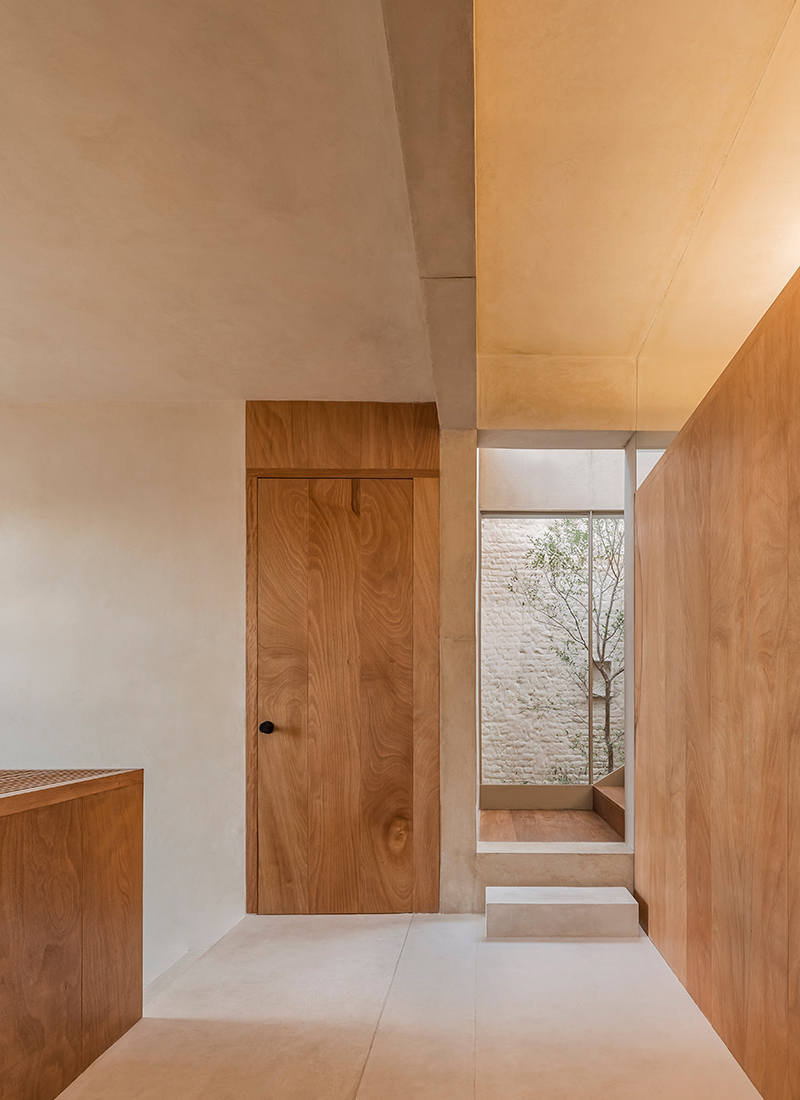
Casa Americana
-
9.02021-07-27
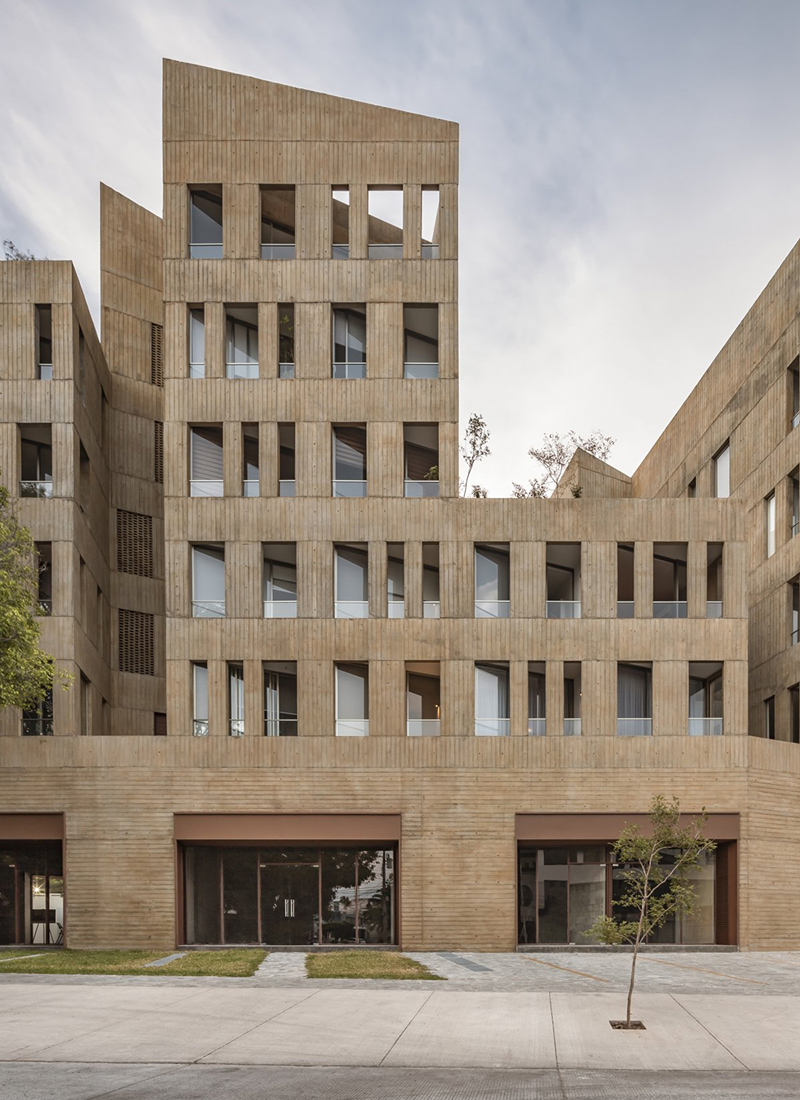
Gonzalez Luna Building
-
9.02021-07-27
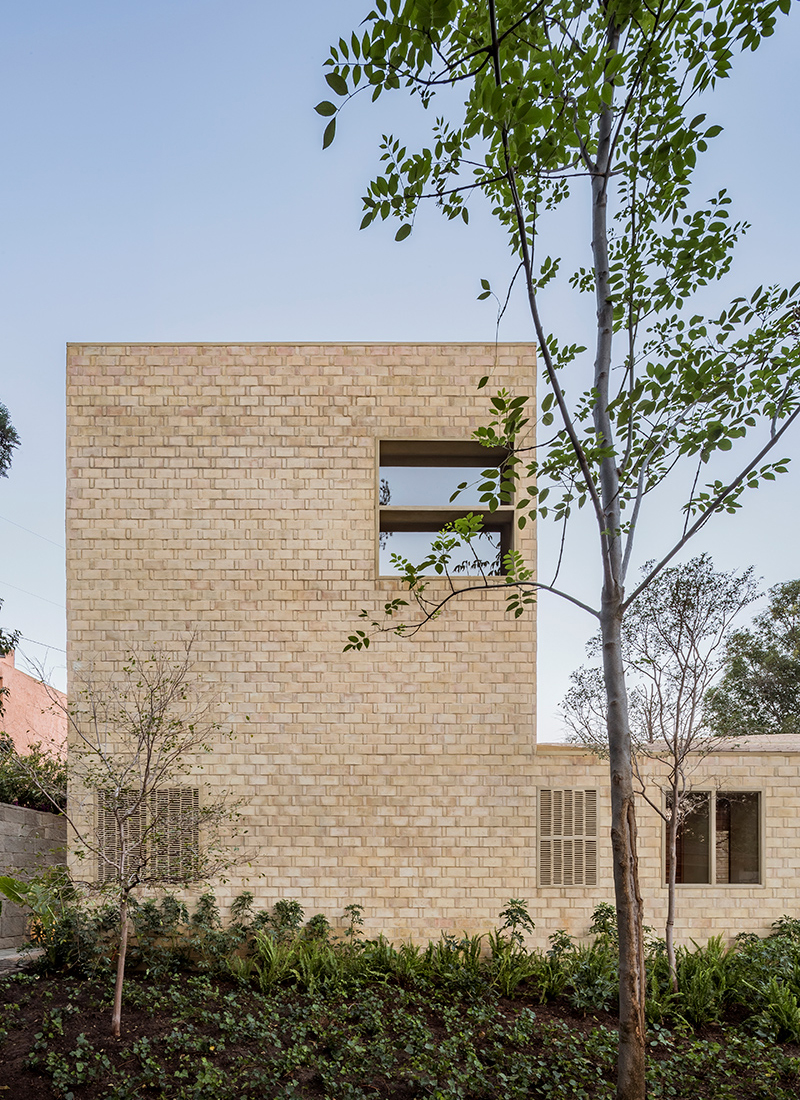
Casa Rancho Contento
-
9.02021-07-27
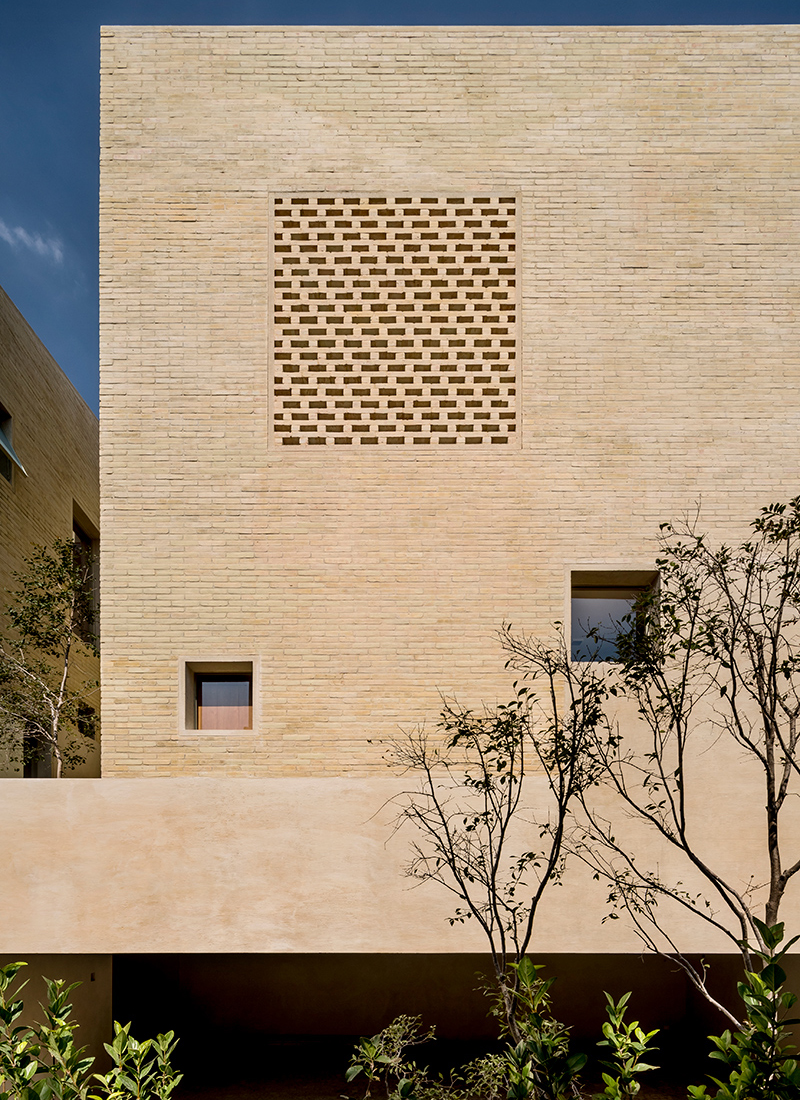
Casa Del Roble
-
5.02021-07-27
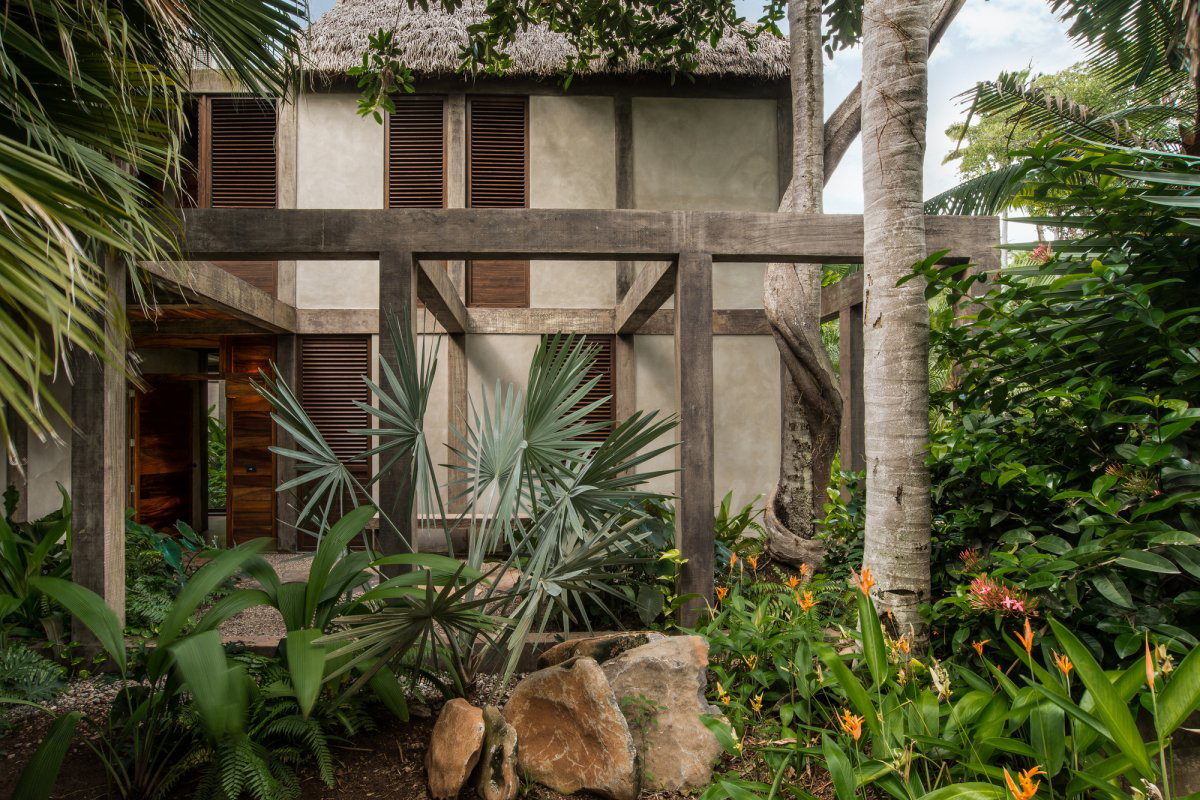
Casa Chacala











